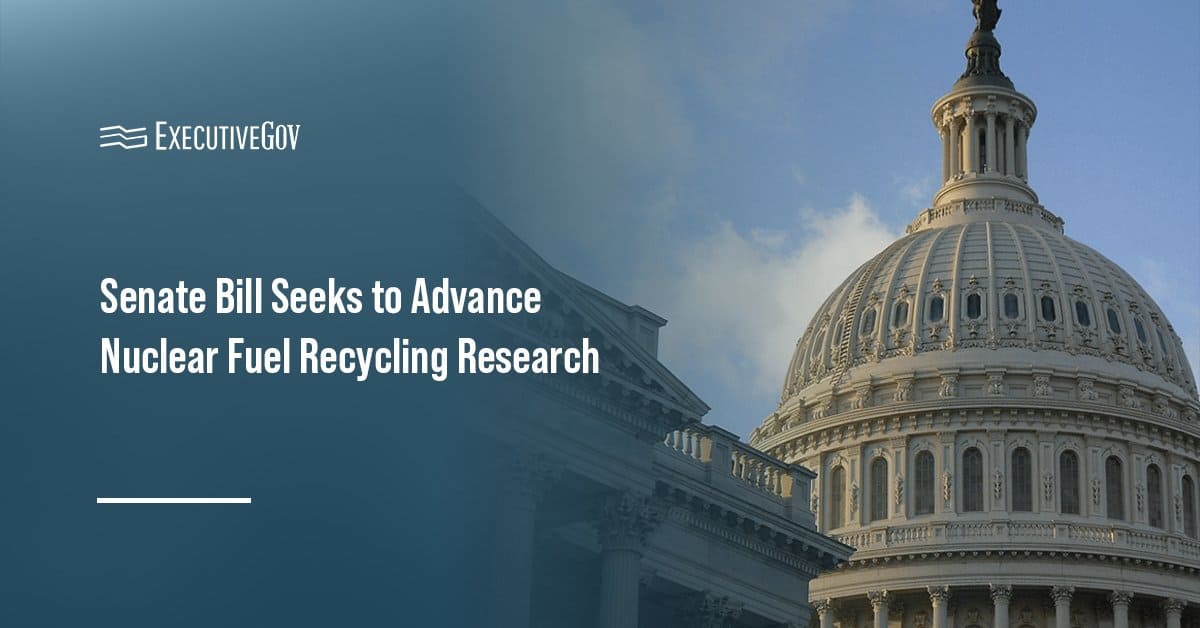Report on California’s Film & Television Tax Credit Program and Alignment with Sustainable Development Goals (SDGs)
Date: October 21, 2025
This report details the latest awards from California’s Film and Television Tax Credit Program, analyzing their economic impact and direct contributions to the United Nations Sustainable Development Goals (SDGs), particularly SDG 8 (Decent Work and Economic Growth), SDG 10 (Reduced Inequalities), and SDG 11 (Sustainable Cities and Communities).
Executive Summary
The State of California has allocated tax credits to 52 new film and television projects. This initiative is projected to generate over $1.4 billion in economic activity, fostering significant progress towards key Sustainable Development Goals. The program will create thousands of jobs, stimulate local economies across the state, and support a diverse range of productions, thereby reinforcing California’s commitment to sustainable and inclusive economic development.
Economic Impact and Contribution to SDG 8: Decent Work and Economic Growth
The program is a direct driver of SDG 8, which aims to promote sustained, inclusive, and sustainable economic growth, full and productive employment, and decent work for all.
Fostering Economic Growth
- Total projected economic injection into the state: Over $1.4 billion.
- Qualified in-state spending: $1 billion.
- Qualified wages for workers: $629 million.
- For every dollar of tax credit awarded, the program has historically generated $24.40 in economic output and $16.14 in GDP.
Promoting Full and Productive Employment
The 52 selected projects are projected to create substantial employment opportunities, directly addressing SDG 8’s targets for job creation.
- Estimated cast and crew jobs: 8,900
- Estimated background performer workdays: 46,400
- Total filming days statewide: 1,664
Advancing SDG 10 and SDG 11: Reducing Inequalities and Building Sustainable Communities
The program strategically distributes economic benefits, contributing to SDG 10 (Reduced Inequalities) by mitigating regional economic disparities and to SDG 11 by strengthening local communities.
Geographic Diversification and Regional Development
A record number of filming days are scheduled outside the traditional Los Angeles filming zone, ensuring economic benefits reach a wider range of communities.
- Total “out-of-zone” filming days: 511, the highest in program history.
- Counties benefiting from out-of-zone production include: Alameda, Contra Costa, Imperial, Inyo, Marin, Montecito, San Bernardino, San Diego, and Santa Clara.
Strengthening Local Economies and Small Businesses
Production spending directly supports local infrastructure and small businesses, a key component of building resilient and sustainable communities (SDG 11).
- Support for local businesses: retail, grocers, hardware stores, hotels, construction, and catering.
- Revenue generation for local governments through permitting fees and services from police and fire departments.
Supporting Industry Innovation, Diversity, and Gender Equality (SDG 9 & SDG 5)
The tax credit program fosters a resilient and innovative industry (SDG 9) while supporting projects that promote gender equality (SDG 5).
Major Studio and Independent Film Production
The program supports a diverse slate of 10 major studio and 42 independent projects.
Major Studio Projects Include:
- Untitled Jumanji (Sony Pictures)
- Heat 2 (Forward Pass, Inc.)
- Sunday (Blumhouse Films)
- Untitled Daniels Project (NBC Universal)
- The Fifth Wheel (Netflix), directed by Eva Longoria
Independent Projects Highlighting Gender Equality (SDG 5):
Several independent projects are led by prominent women in the industry, contributing to greater gender representation.
- A Tree is Blue – produced by Dakota Johnson
- Nightwatching – produced by and starring Mila Kunis
- Epiphany – produced by Ellen Goldsmith-Vein and Jillian Apfelbaum
Program Framework and Commitment to Workforce Development (SDG 4 & SDG 17)
The expanded program structure demonstrates a strong public-private partnership (SDG 17) focused on creating a sustainable industry and providing quality vocational training (SDG 4).
Program Expansion and Partnership
The program, expanded to $750 million annually, functions as a critical partnership between the California Film Commission (public sector) and production companies (private sector) to achieve shared economic and social goals, aligning with SDG 17.
Investing in Skills and Safety (SDG 4)
The program directly contributes to SDG 4 (Quality Education) by ensuring funding for workforce development.
- The program provides funding for the Career Pathways Training Program, which offers vocational skills for employment in the film industry.
- It also establishes the nation’s first Safety on Production Pilot Program, promoting safe working environments.
Analysis of Sustainable Development Goals (SDGs) in the Article
1. Which SDGs are addressed or connected to the issues highlighted in the article?
- SDG 8: Decent Work and Economic Growth: The article’s primary focus is on the economic impact of the California Film & TV Tax Credit Program. It repeatedly emphasizes job creation, economic stimulus, and support for businesses, which are central themes of SDG 8. The text states the program will bring “more than $1.4 billion into the state’s economy, employing an estimated 8,900 cast & crew and 46,400 background performers.”
- SDG 11: Sustainable Cities and Communities: The article highlights how the economic benefits of the film industry are being distributed across various communities within California, not just in the traditional hub of Los Angeles. This focus on strengthening local economies and ensuring benefits reach different regions aligns with SDG 11. The article notes that the projects include “511 filming days outside of the Los Angeles area… ensuring that economic benefits reach communities across the state.”
2. What specific targets under those SDGs can be identified based on the article’s content?
- Target 8.2: Achieve higher levels of economic productivity through diversification, technological upgrading and innovation. The article connects the tax credit program directly to significant economic output, stating that “for every dollar of tax credit awarded, California has seen massive returns — $24.40 in economic output, $16.14 in GDP and $8.60 in wages.” This demonstrates a focus on high-value economic activity within the creative sector.
- Target 8.3: Promote development-oriented policies that support productive activities, decent job creation, entrepreneurship, creativity and innovation, and encourage the formalization and growth of micro-, small- and medium-sized enterprises. The program is a clear example of a “development-oriented policy” designed to stimulate the creative industry. The article mentions it supports both “major studio/non-independent projects” and “42 independent projects,” while also “supporting small businesses” in local communities where filming occurs.
- Target 8.5: By 2030, achieve full and productive employment and decent work for all women and men, including for young people and persons with disabilities, and equal pay for work of equal value. The article quantifies the direct employment impact of the program, projecting it will “employ an estimated 8,900 cast & crew and 46,400 background performers.” The mention of “$629 million in qualified wages” further points to the creation of “good-paying jobs in California.”
- Target 11.a: Support positive economic, social and environmental links between urban, peri-urban and rural areas by strengthening national and regional development planning. The article emphasizes the program’s success in spreading economic activity beyond the primary urban center of Los Angeles. It highlights a record number of “out-of-zone” filming days and lists several counties—”Alameda, Contra Costa, Imperial, Inyo, Marin, Montecito, San Bernardino, San Diego, Santa Clara”—that will benefit, thereby strengthening regional economies and creating links between different areas of the state.
3. Are there any indicators mentioned or implied in the article that can be used to measure progress towards the identified targets?
- Economic Injection: The article provides a direct monetary value of the program’s economic impact, stating it will “inject more than $1.4 billion into the state’s economy.” This can be used as an indicator for Target 8.2.
- Job Creation Numbers: Specific figures are given for employment, including “8,900 cast & crew and 46,400 background performers (measured in days worked).” This is a direct indicator for Target 8.5.
- Wages Generated: The article specifies that the projects will generate “$629 million in qualified wages,” providing a clear metric for the quality and economic value of the jobs created (Target 8.5).
- Support for Small and Independent Businesses: The article notes that the program supports “42 independent projects” and benefits local “small businesses,” including “retail, grocers, hardware stores, and hotels.” This serves as a qualitative and quantitative indicator for Target 8.3.
- Geographic Distribution of Economic Activity: The article provides specific data on filming outside the main economic hub: “511 filming days outside of the Los Angeles area” and “38 projects are scheduled to film in counties throughout California.” This is a clear indicator for measuring progress on Target 11.a.
- Return on Investment (ROI): The historical performance metric, “for every dollar of tax credit awarded, California has seen massive returns — $24.40 in economic output,” serves as a powerful indicator of the program’s efficiency in stimulating economic productivity (Target 8.2).
4. Summary Table of SDGs, Targets, and Indicators
| SDGs | Targets | Indicators |
|---|---|---|
| SDG 8: Decent Work and Economic Growth |
|
|
| SDG 11: Sustainable Cities and Communities |
|
|
Source: gov.ca.gov






